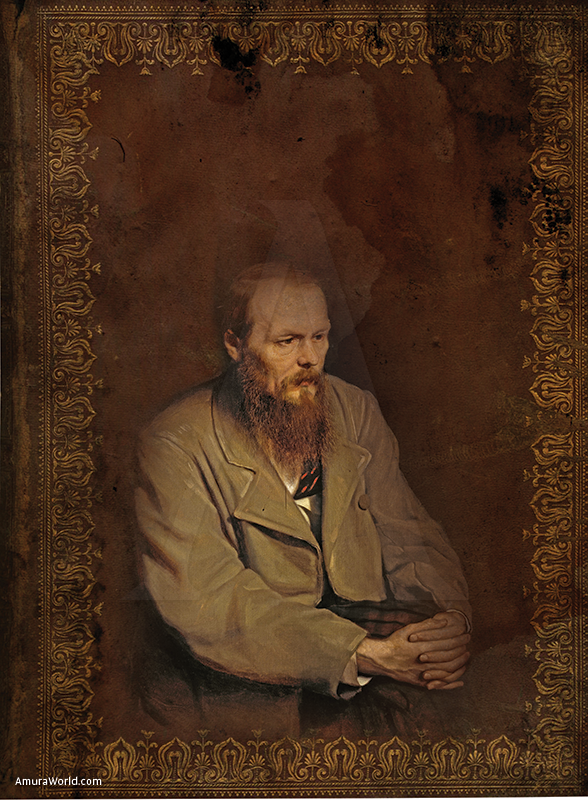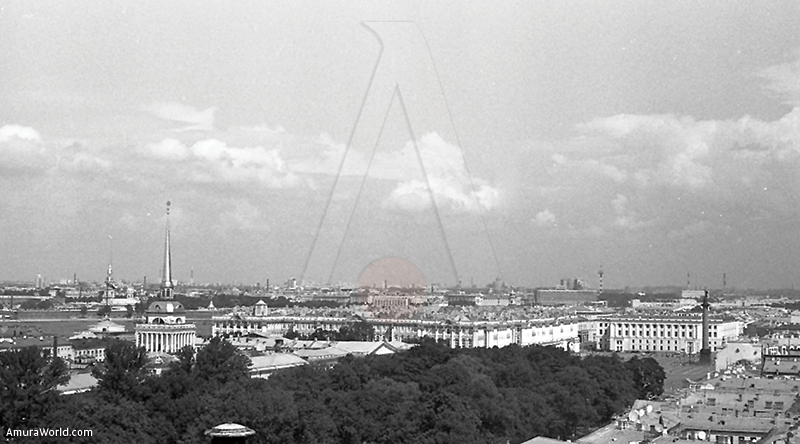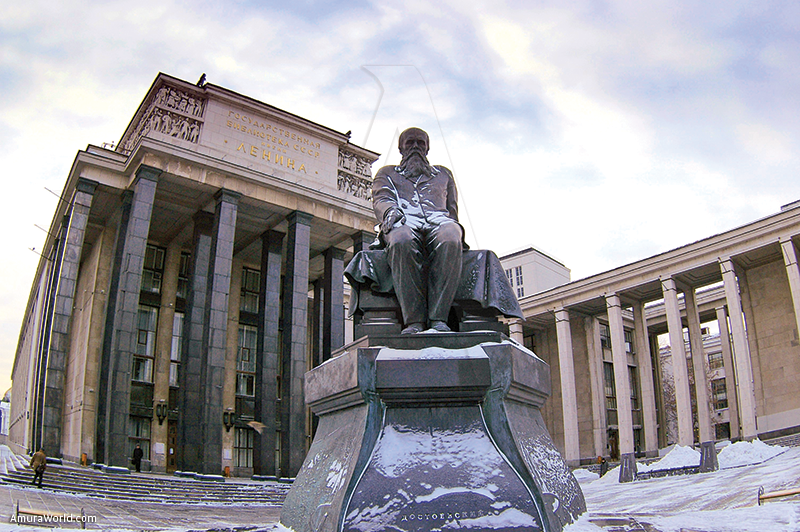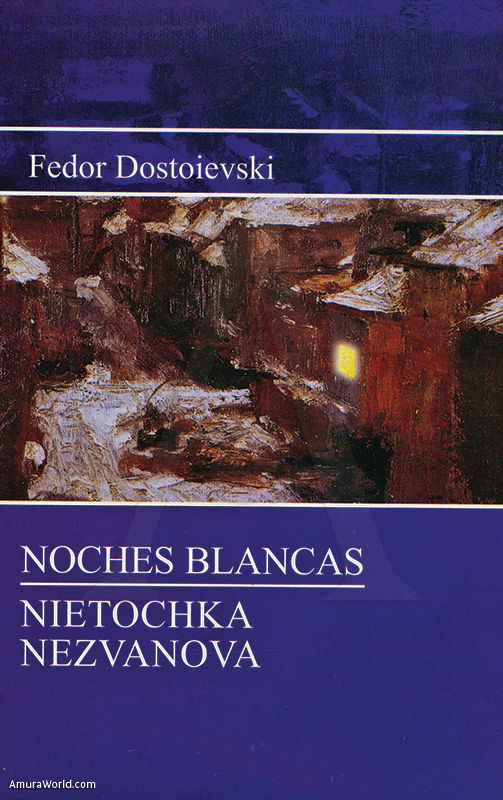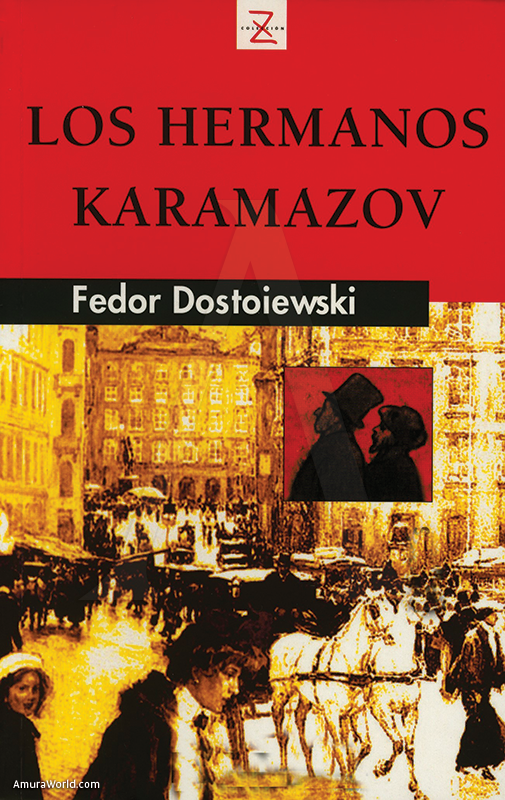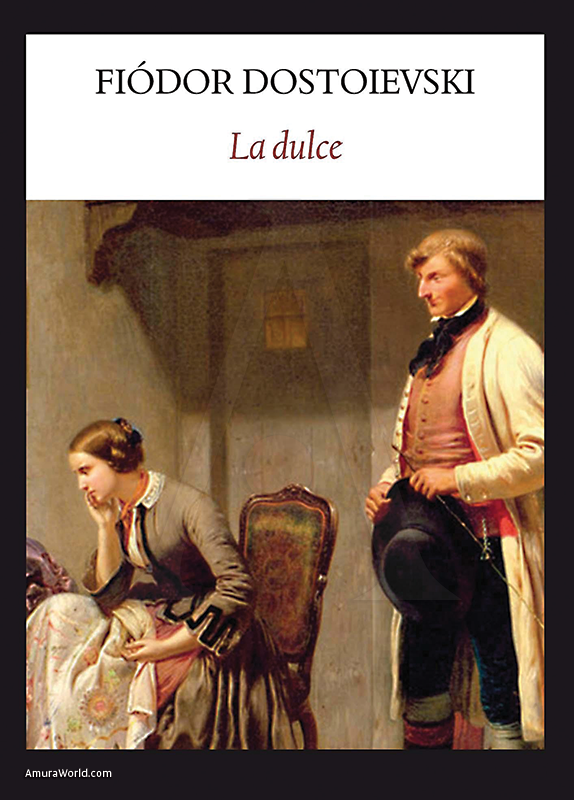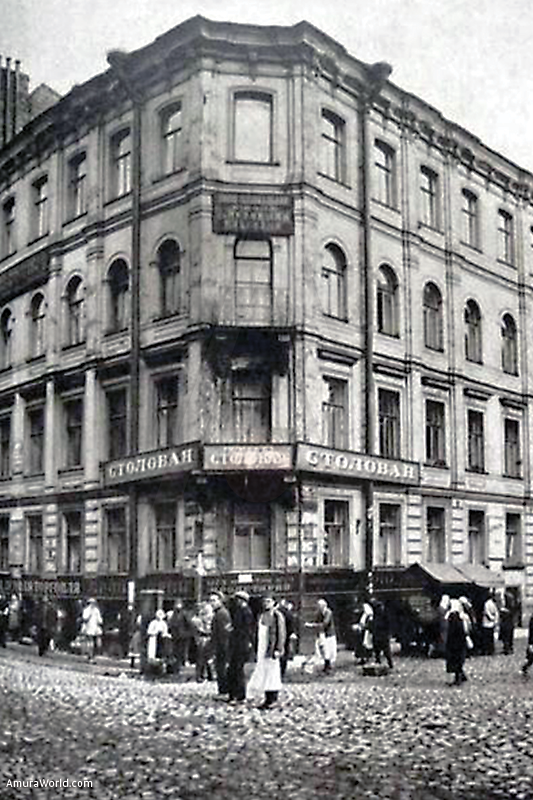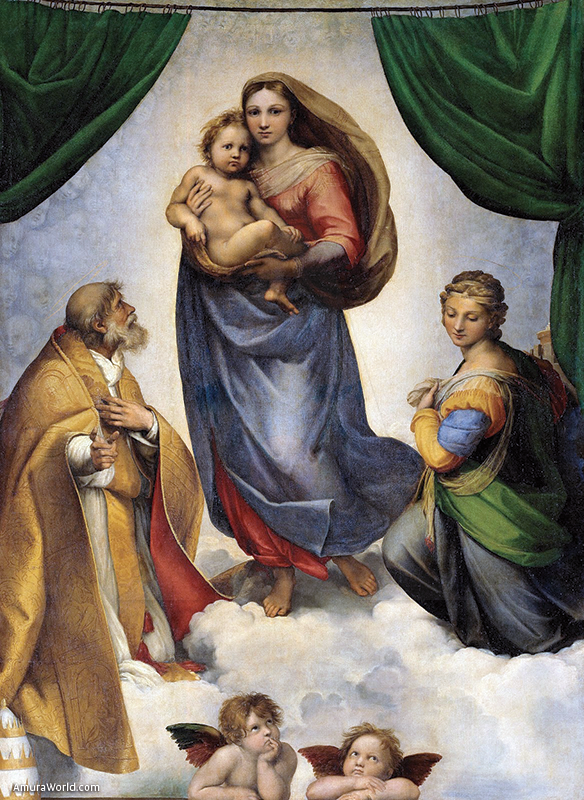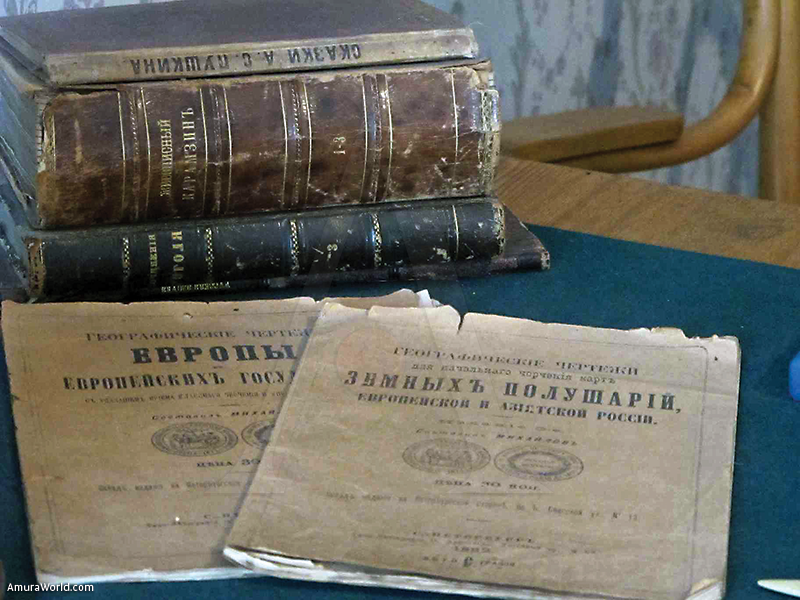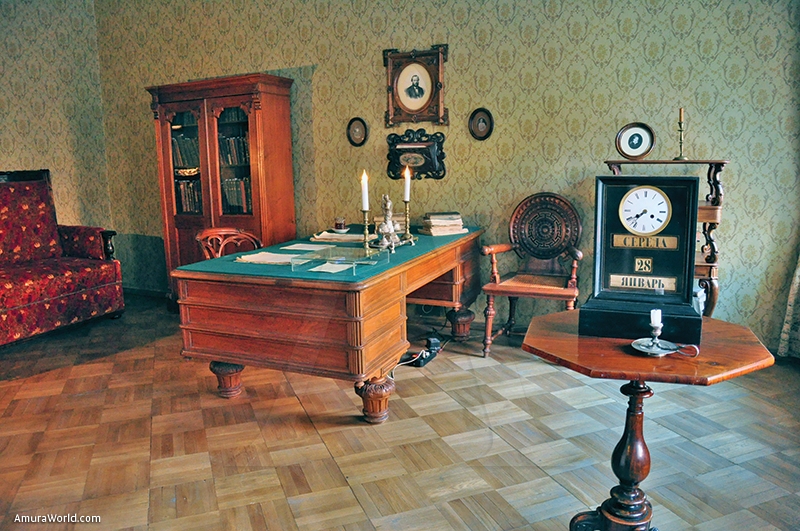To live without Hope is to Cease to live.
The name Dostoevsky has ties to St. Petersburg. It is the city where he lived most of his life and developed as a writer. St. Petersburg became a character in his novels: no other city on the face of the earth has acquired such an appearance as this city, with the Dostoevskian portrayal of “intentional” and “crazy”. Here Dostoevsky’s novels were created: Poor people, Insulted and Injured, Crime and Punishment, The Idiot and The teenager, scenarios in which the city itself became the true hero of his writings.
The story of a man
The first encounter with the city took place in St. Petersburg in May 1837, in the very beginning of the “ White Nights “, the most poetic time of the year in the city. St. Petersburg put itself in front of the future of the writer as a beautiful, romantic cosmopolis : “There is something inexpressibly touching in the nature around it , when the arrival of spring the sprouts grow with all their strength, all the powers granted to it by heaven, when the sky grows along with the leaves. covering herself with sequins and flowers.”
However, his joyous perception of the city was darkened by the need to study at the Academy of Military Engineering. Here the dreams of Dostoevsky and his reality began to diverge. The dream of the city began to turn into a ghost town, where everything was unreal and artificial. For the young Dostoevsky, St. Petersburg looked like a puppet show : “ Hidden behind all these fantastic people, someone was making faces at me and pulling the strings: the strings and puppets moved while they laughed and laughed .”
Dostoevsky’s father chose the profession of military engineer for his son. He, however, did not serve even half a year for the Writing Department. Instead of a stable position and a regular salary he preferred a disorderly life, a constant editor’s dependency, endless work and the doubts of a writer: “I retired because I retired, I swear I could not serve longer. You hate life when the best time is snatched away from you. Anything but going to work like the devil. “
Dostoevsky wrote constantly, without stopping to rest: “I am convinced that none of our writers, dead or alive, wrote in the conditions in which I constantly write.”
When he resigned the service, Dostoevsky needed to get noticed, and this he did with vigor and talent in 1846 with his first novel “Poor Ages” which brilliantly led him to success. All St. Petersburg began to speak of him. He continued writing and published several other works: Marriage, Homemade, Netochka Nezvanova and White Nights.
The Dostoevsky Effect
On the night of April 22, 1849, Dostoevsky was arrested for his involvement in the “revolutionary” Petrashevski Circle. After the trial, he and the others were exiled to Siberia. The writer had been torn from the literary process for ten years. On his return to St. Petersburg in late 1859, Dostoevsky was forced to start over.
Renting cheap rooms in poor areas of the city, he moved frequently and never stayed in a address for more than three years. Friends who visited him in several apartments noticed asceticism in his decoration, along the simplicity and moderation of the interiors. The main room was always Dostoevsky study. A desk, was often placed in the middle of the room and always occupied the main place: “The study of Fedor Mijáilovich was a large room with two windows in at the back of the room, it had a soft couch of brown material quite worn and a round table with a red cloth. There was a lamp and two or three albums on it. Scattered around the place there were chairs and couches, the windows were decorated with two large Chinese vases of beautiful forms along the walls and a large leather green moroccan sofa green, near it was a small table with a pitcher of water. On the opposite side, throughout the entire length of the room, a desk could be found “ . Anna Dostoevskaya, the second wife of the writer, described the study in the apartment where Dostoevsky wrote his novel Crime and Punishment.
The studio apartment of Dostoevsky on the Greek avenue lingers in M.Aleksandrov memories. “Fedor Mijáilovich’s study was unique in its extreme simplicity. There was not even a hint of whimsy modern arrangement, generally used to decipher even the profession of the person who uses it.”
The last study of the writer was his apartment in Kuznechny Lane, while preserving the simplicity and modesty of the above, it was more spacious and comfortable. The financial position of Dostoevsky “ has become more stable, Dostoevsky ‘s popularity had grown, and in the course of the day he received a wide variety of guests. With some he spent time in the living room, while close friends were welcomed into his study.” His family recalled that he did not like to be disturbed in his study while writing manuscripts or books, none of them should be moved. This was his creative workshop , and there was no one to disturb its special atmosphere. “On his desk...” wrote Dostoevsky ‘s daughter, Liuba “was where there was the most calming atmosphere, he had a pack of cigarettes, letters he received , books he would consult.Everything had to be in it place. The slightest disturbance irritated my father. “
A place to remember
On November 12, 1971, the FM Dostoevsky Literary Memorial Museum opened its doors in the house of Kuznechny Lane. Dostoevsky had rented an apartment in that building twice. Once, for a short time in 1846 and then from October 1878 until his death on January 28, 1881. The beginning and end of his career as a writer were to be united in one place. Here he worked in his early novel, The Double, and here he wrote his last book, The Brothers Karamazov. The apartment of Dostoevsky was recreated mostly through the memories of his wife Anna:
“Our second floor apartment consisted of six rooms, a huge warehouse for books, an entrance hall and a kitchen. There were seven windows facing Kuznechny Lane, and a study, in which my husband had a marble plaque mounted. “
The study of the writer was reconstructed from a photograph taken by photographer V.Taube after Dostoevsky ‘s death. Several personal items are on display: on the desk is a pen, a box of medicines, a wallet and a holder for letters and papers. On the wall of the right corner hangs a religious icon with silver frame entitled “ Divine Mother, joy of all who suffer . “ From the windows of the study we can see the domes of the Church of Vladimir, where Dostoevsky attended services in the last years of his life. The old shelves containing the books he had in his personal library can also be seen. The museum collects these based on lists compiled by the writer’s second wife, Anna Grigoryevna. In the back of the room there is a sofa, above which hangs a picture of the Sistine Madonna by Raphael, Dostoevsky’s favorite painting. On the table beside the windows, a watch that stopped at the day and time of the death of Dostoevsky can be found : January 28, 1881 , 20:36 . In Dostoevsky’s next apartment two rooms housing a literary exhibition devoted to his life and work are there for expectators.
St. Petersburg also serves as the final resting place of the writer. He is buried in the cemetery of Tikhvinskoe in Alexander Nevsky Monastery.
Text: F.M. Dostoievski The Literary Memorial Museum of St. Petesburg ± Photo: RODRIGO FERRARI/ PHOTO BUCKET/ GANDHI

